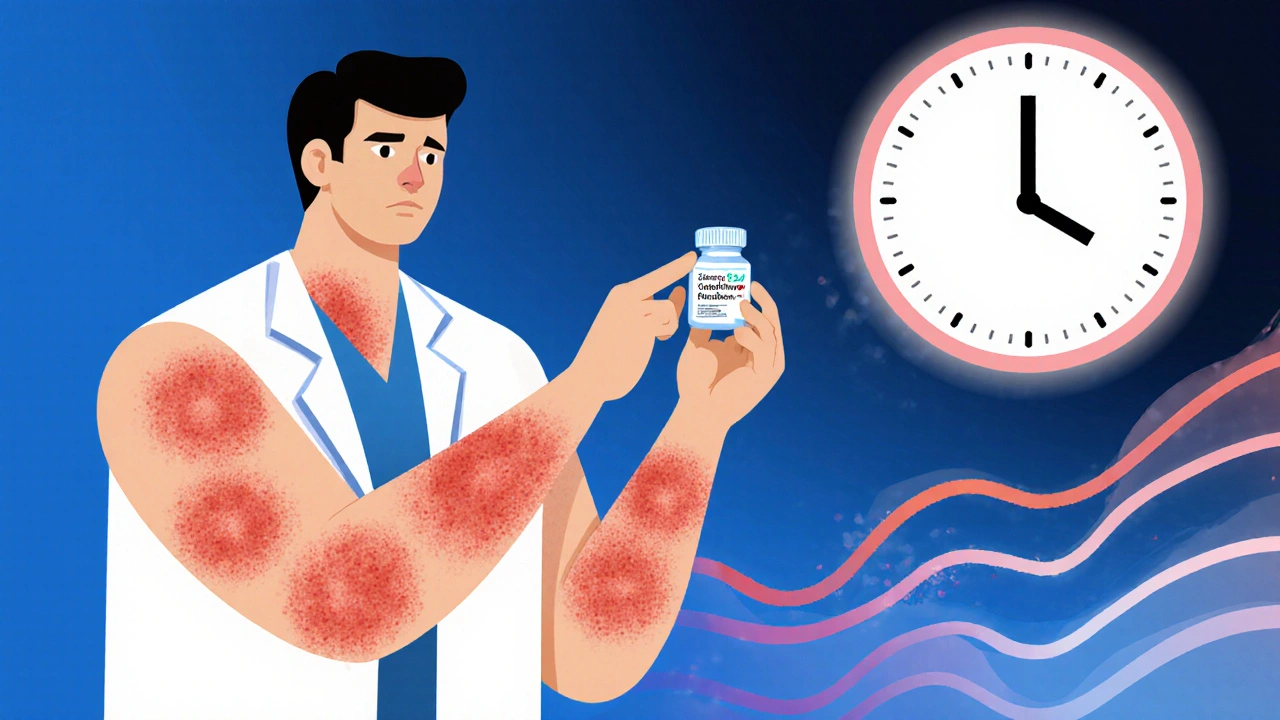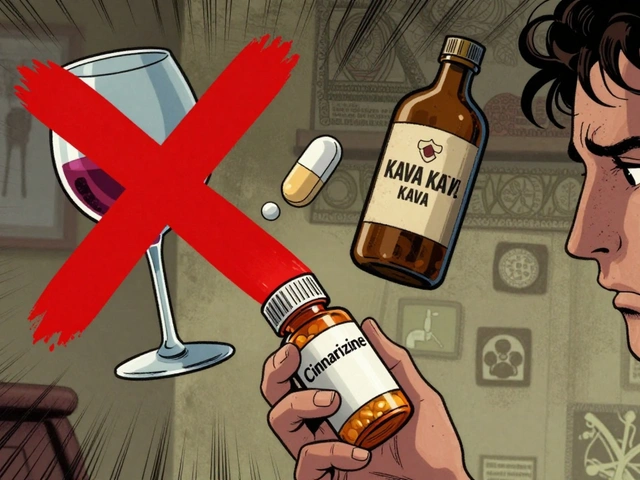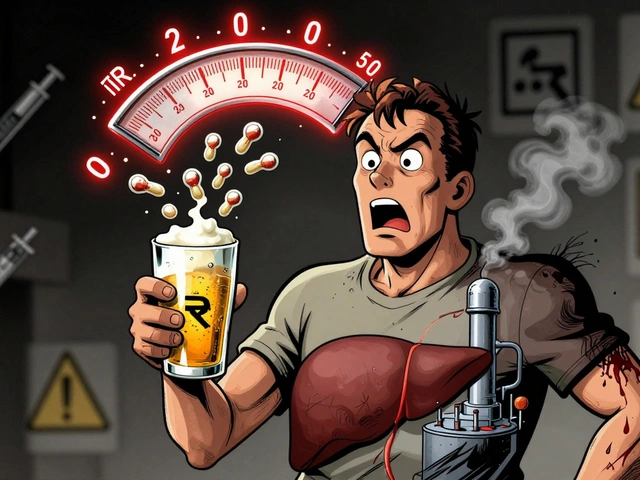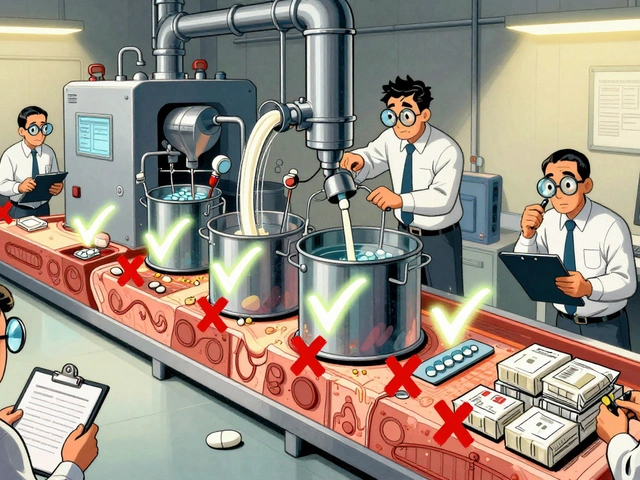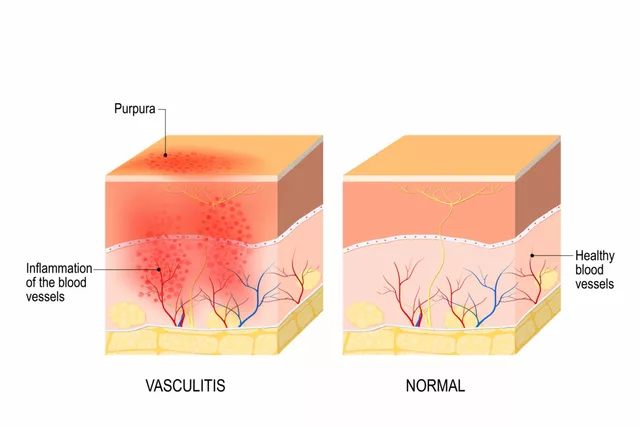Steroid Cream: What It Is, How It Works, and What You Need to Know
When your skin is red, itchy, or flaky, steroid cream, a topical medication that reduces inflammation by calming the immune response in the skin. Also known as topical corticosteroids, it’s one of the most common treatments doctors recommend for eczema, psoriasis, and allergic reactions. But not all steroid creams are created equal. Some are mild enough for babies, others are strong enough to treat severe rashes—and using the wrong one can make things worse.
What you’re really using is a corticosteroid, a synthetic version of hormones your body naturally makes to control inflammation. These work by slowing down the immune system’s overreaction in your skin. That’s why they help with conditions like contact dermatitis or poison ivy. But they don’t cure the root cause—they just quiet the symptoms. And if you use them too long or too often, your skin can thin out, stretch, or turn shiny. That’s why strength matters. A low-potency cream like hydrocortisone is fine for a small patch of dry skin. But if you’ve got a stubborn flare-up, you might need something stronger like betamethasone, a high-potency corticosteroid often prescribed for chronic conditions like plaque psoriasis. The key is matching the strength to the problem—not guessing.
People often reach for steroid cream because it works fast. But many don’t realize it’s not meant for daily, long-term use on sensitive areas like the face or groin. Overuse can lead to rebound flares, acne, or even visible blood vessels. That’s why the best results come from using it in short bursts, under guidance. And it’s not just about the cream—it’s about how you apply it. A thin layer, once or twice a day, is all you need. Rubbing it in hard won’t make it work better. In fact, it can irritate your skin more.
Looking at the posts here, you’ll find real comparisons: how betamethasone stacks up against other steroids, what alternatives exist when steroids aren’t safe, and how stress or diet can make skin problems worse. You won’t find fluff. Just clear, practical info on what works, what doesn’t, and how to avoid common mistakes. Whether you’re managing eczema, dealing with a stubborn rash, or just trying to understand why your doctor prescribed a certain cream, this collection gives you the facts you need—no jargon, no hype.

